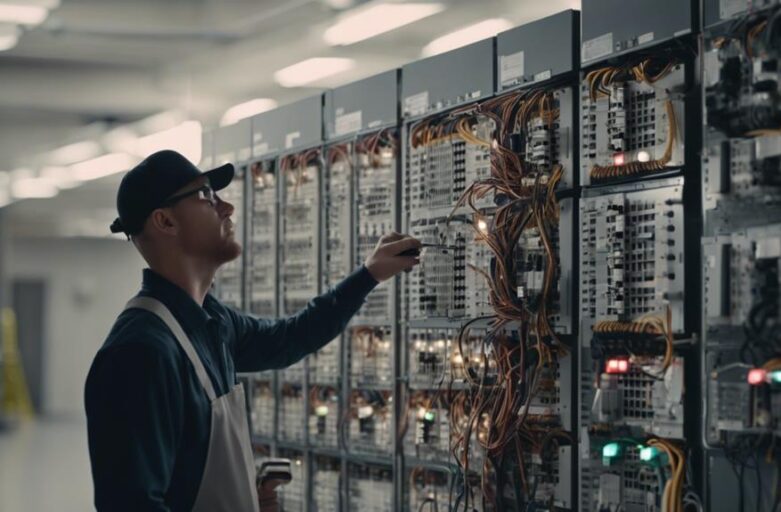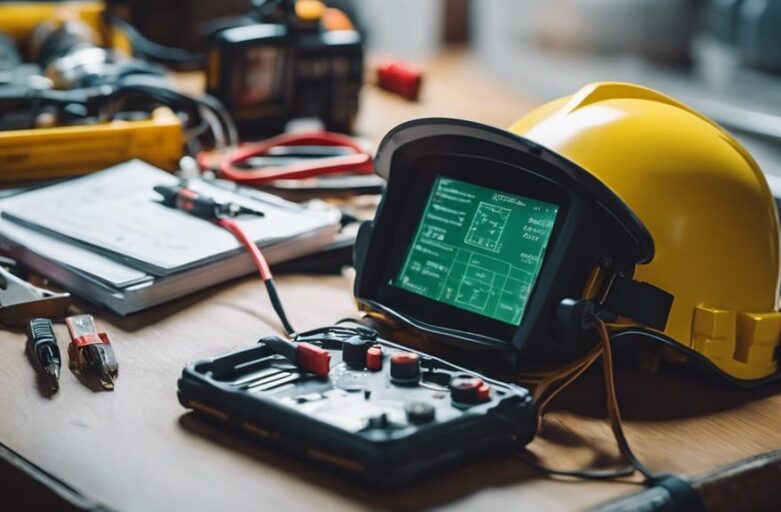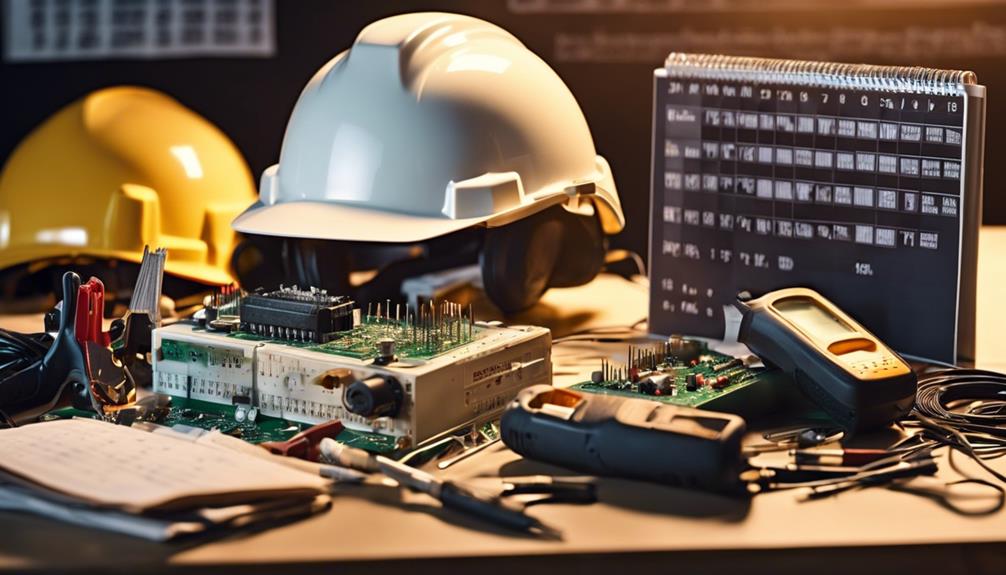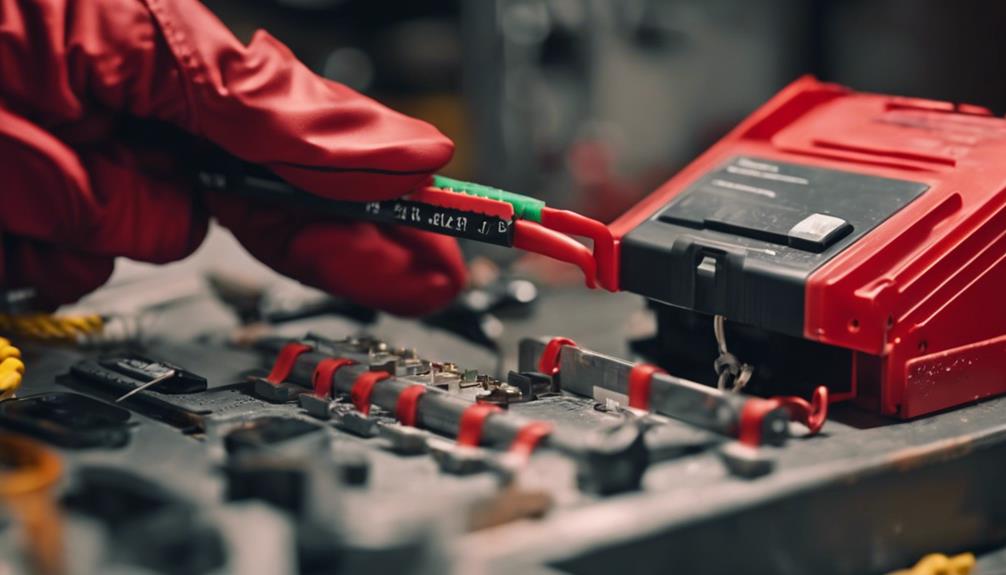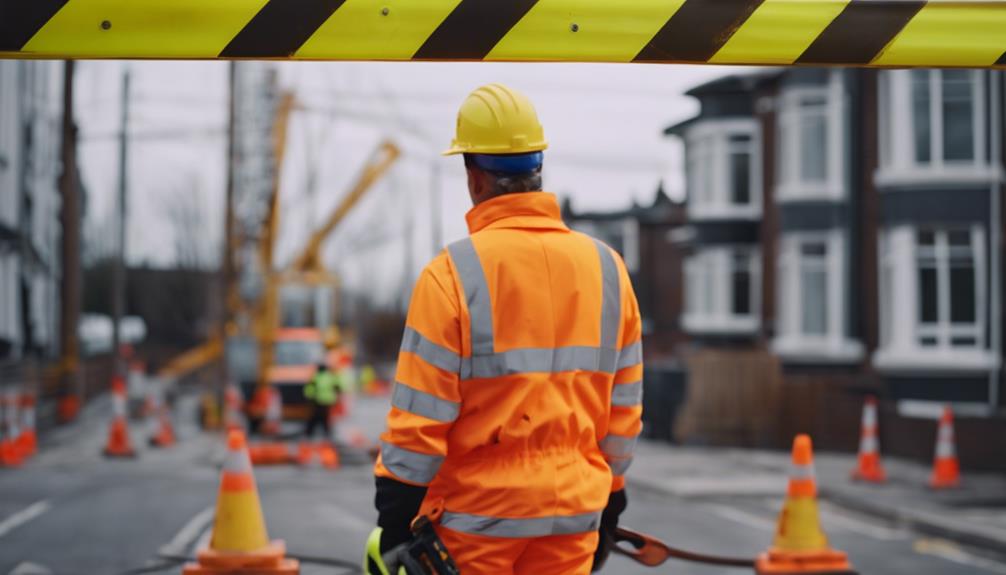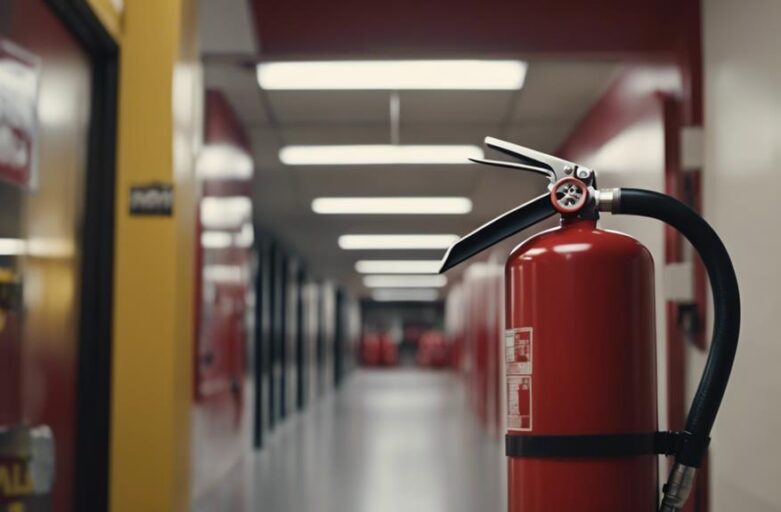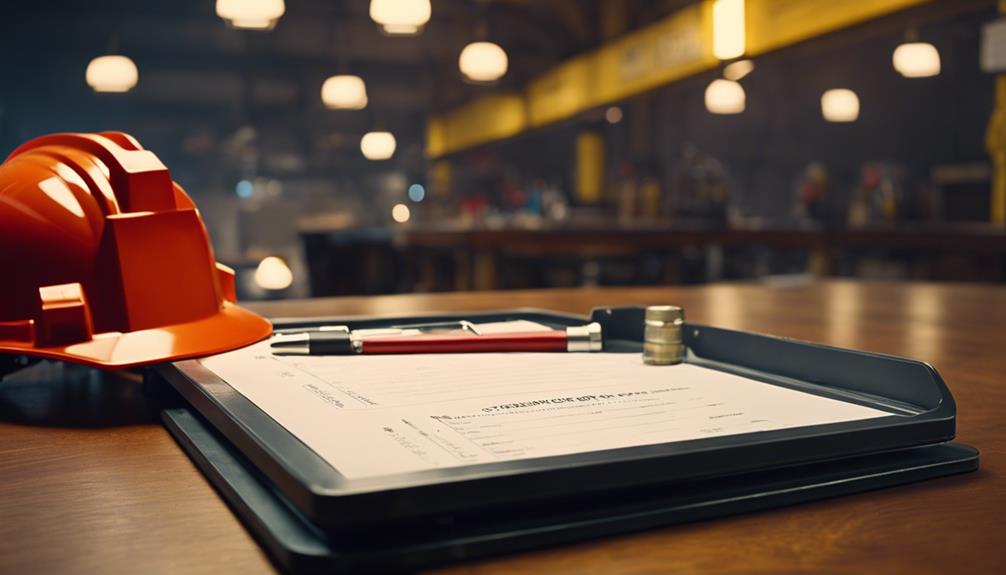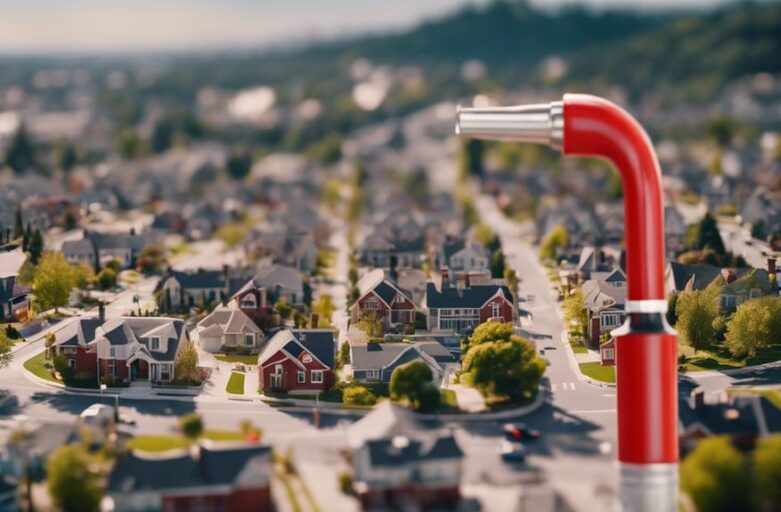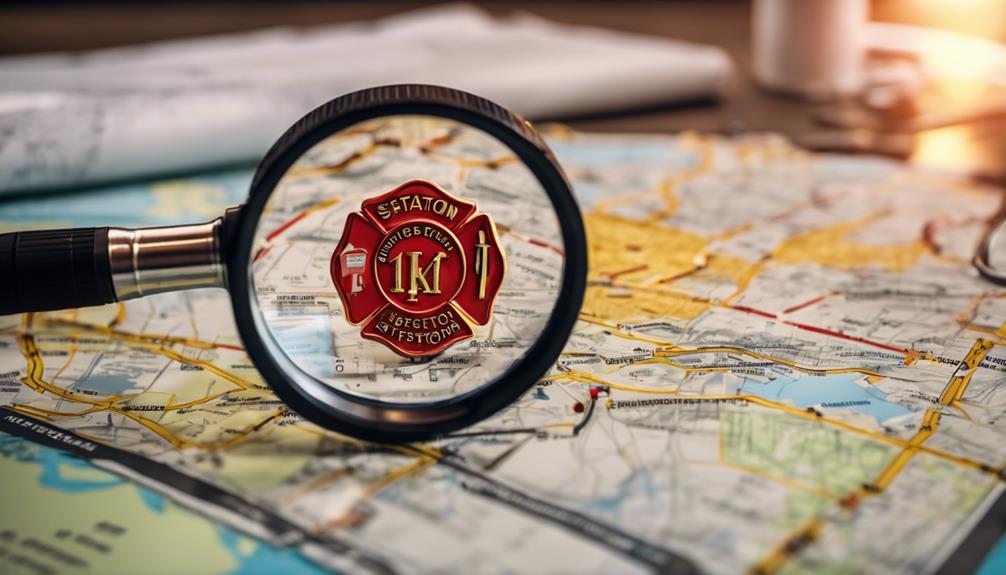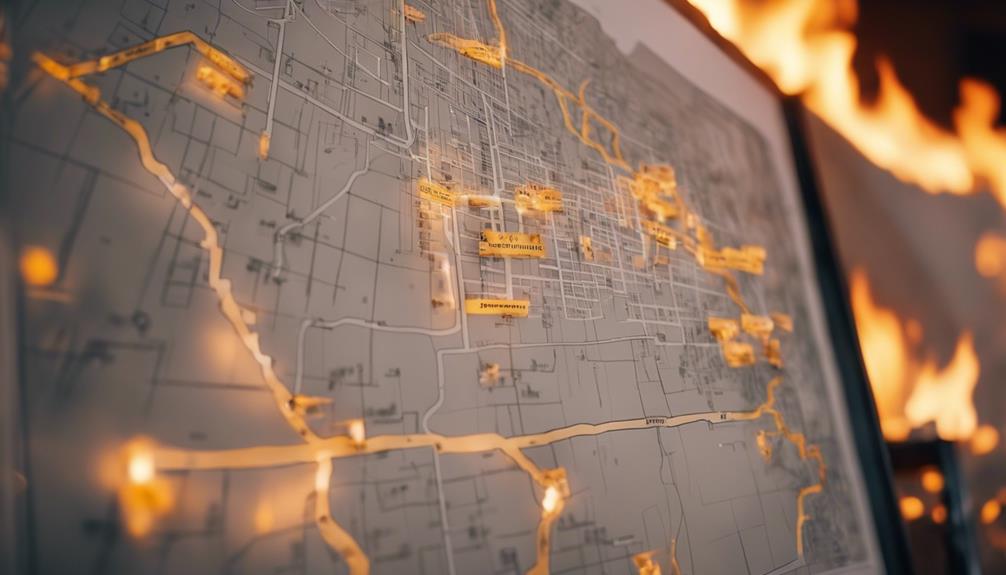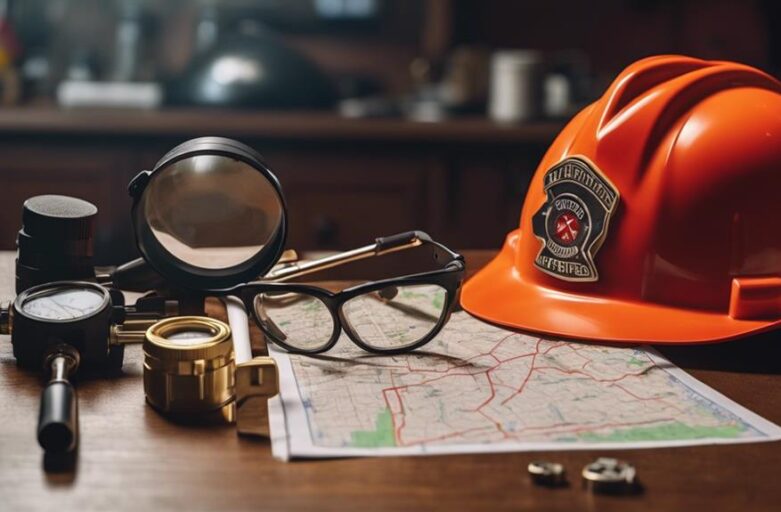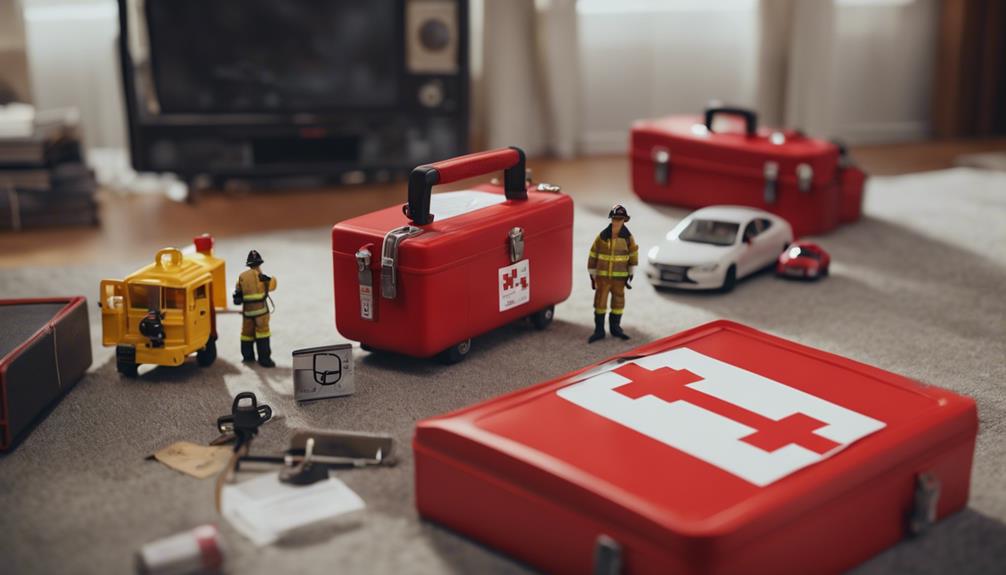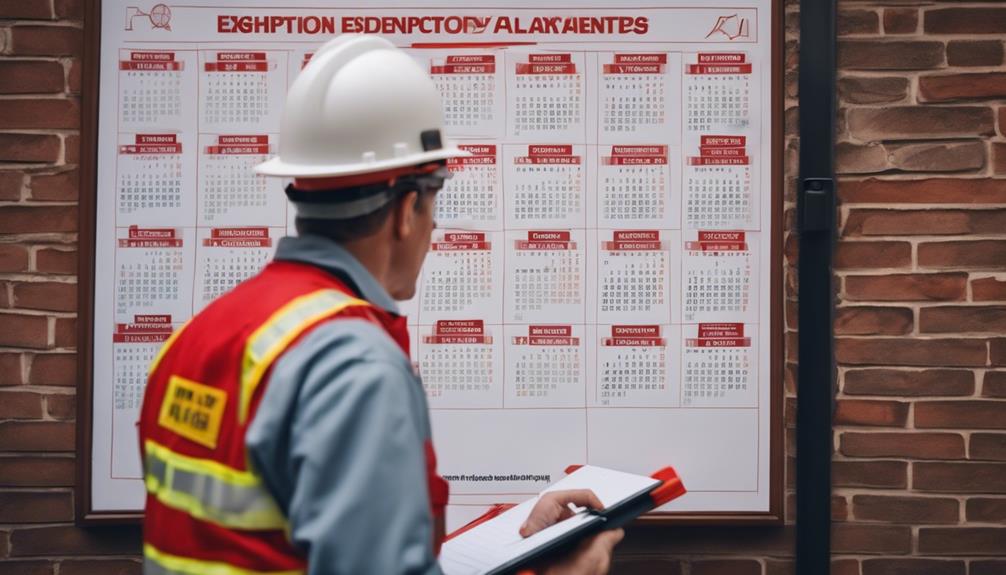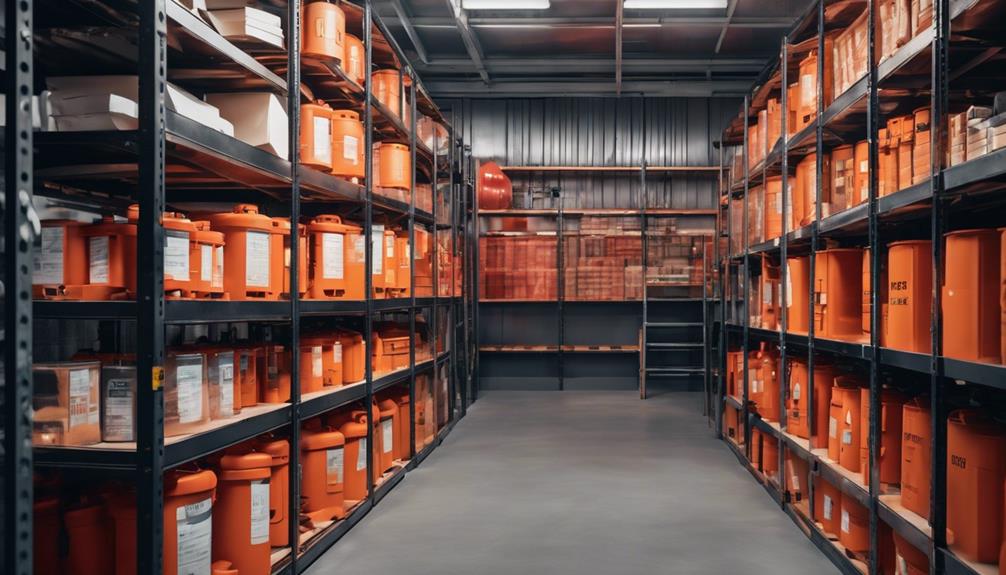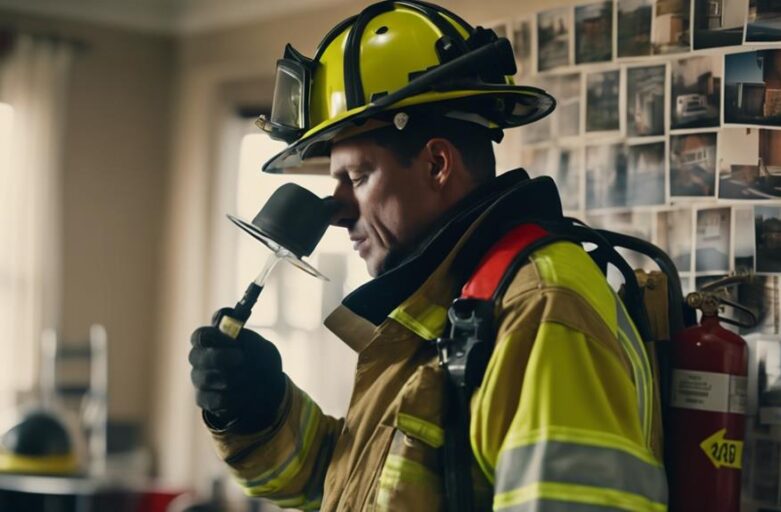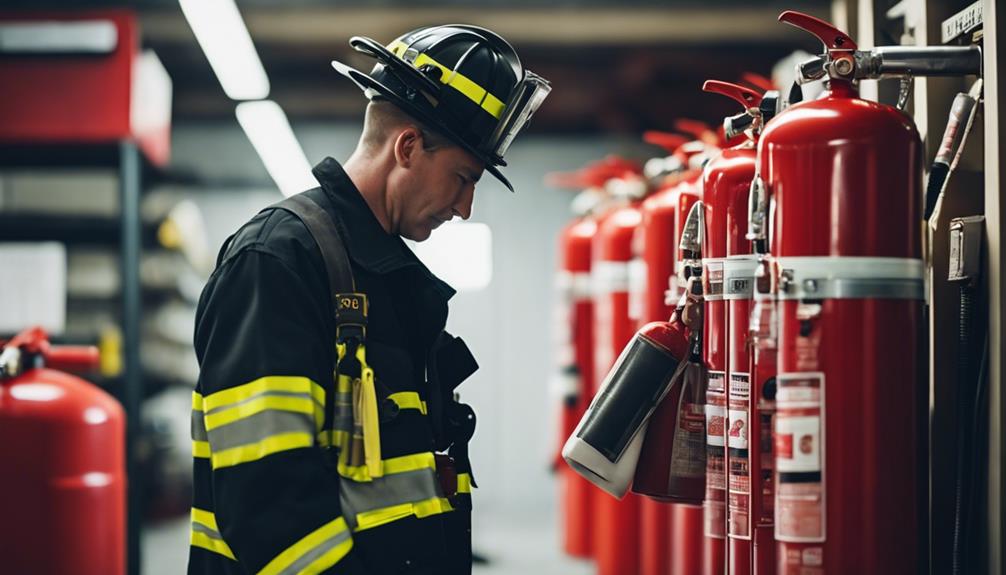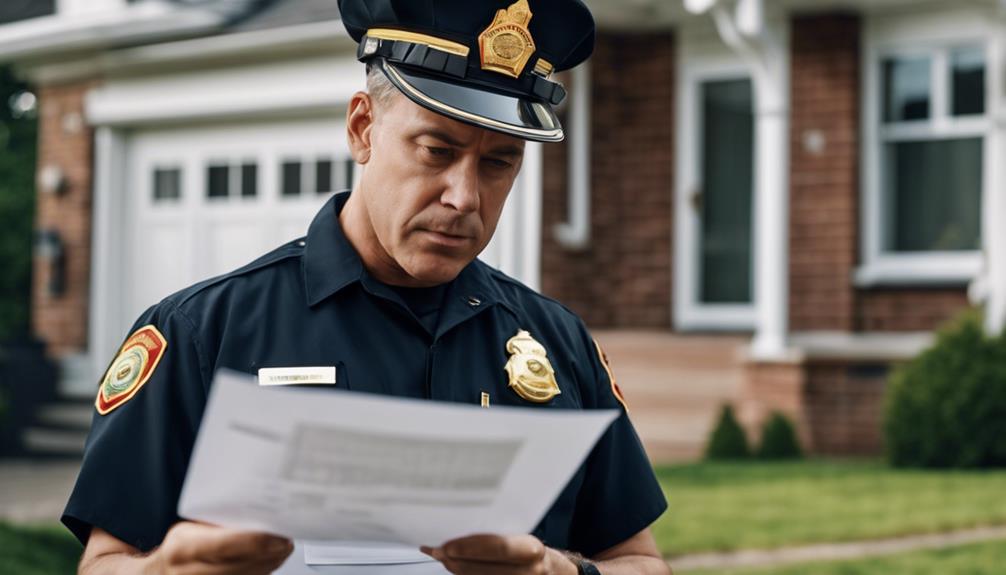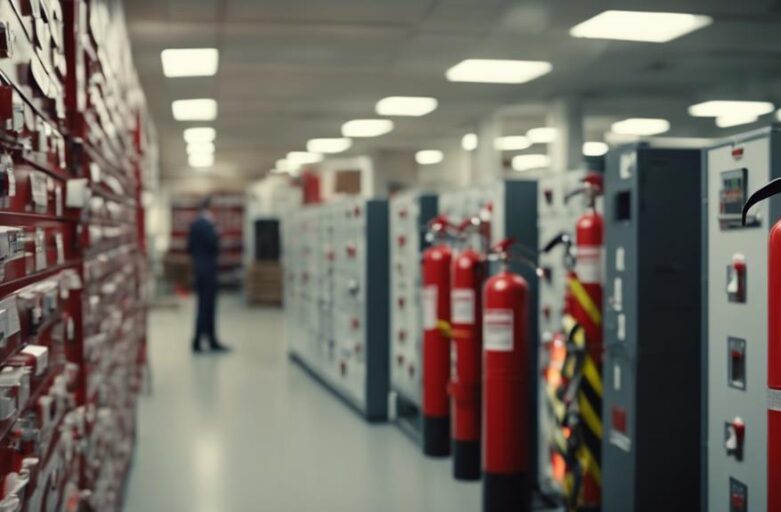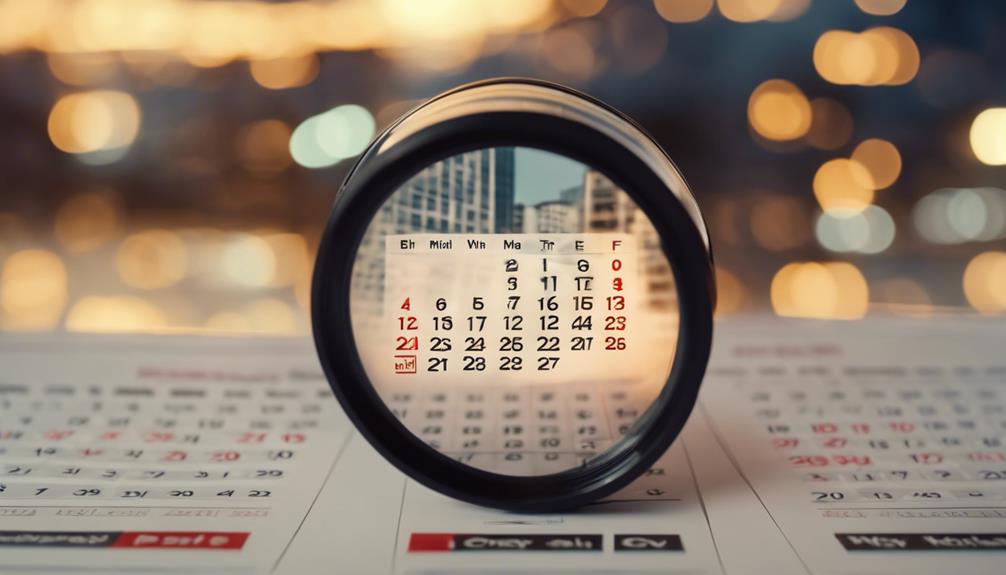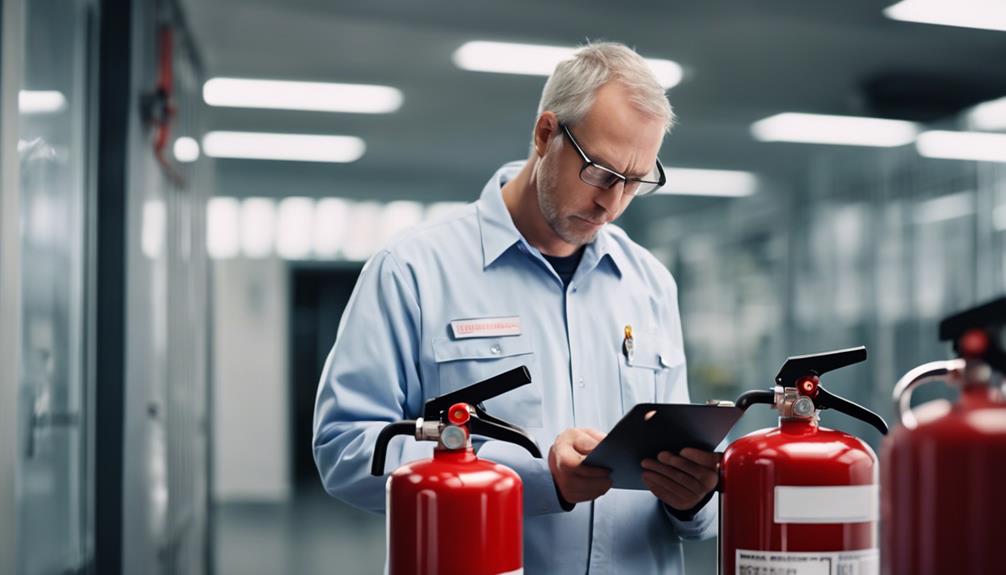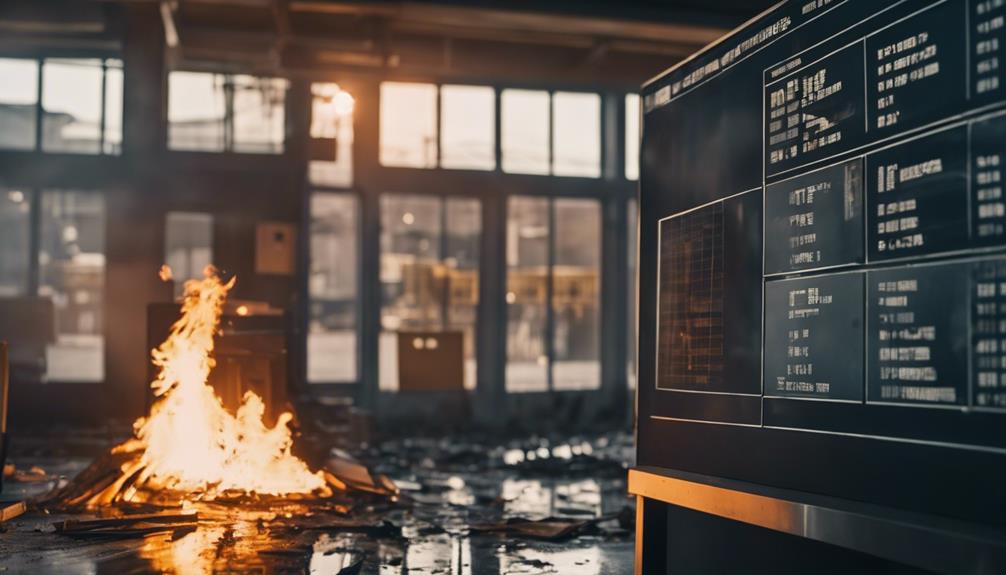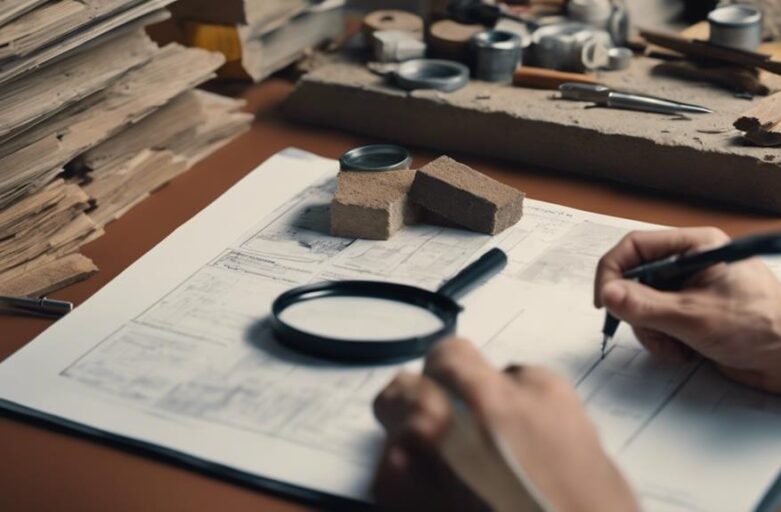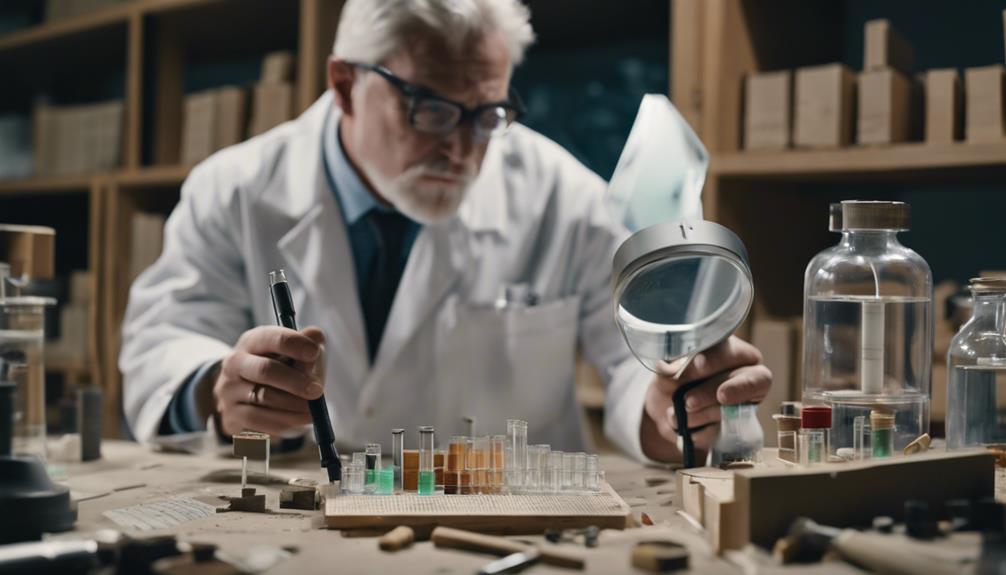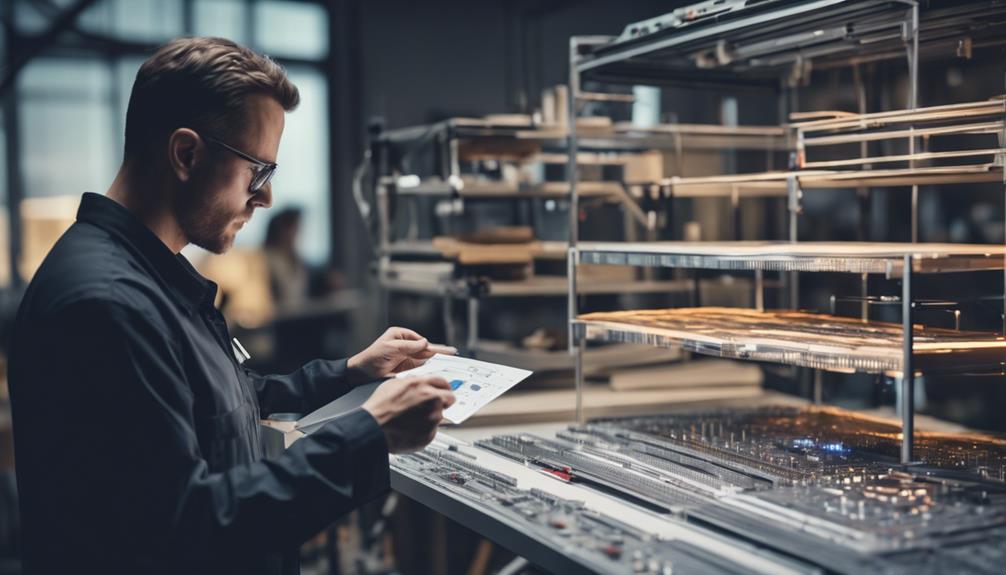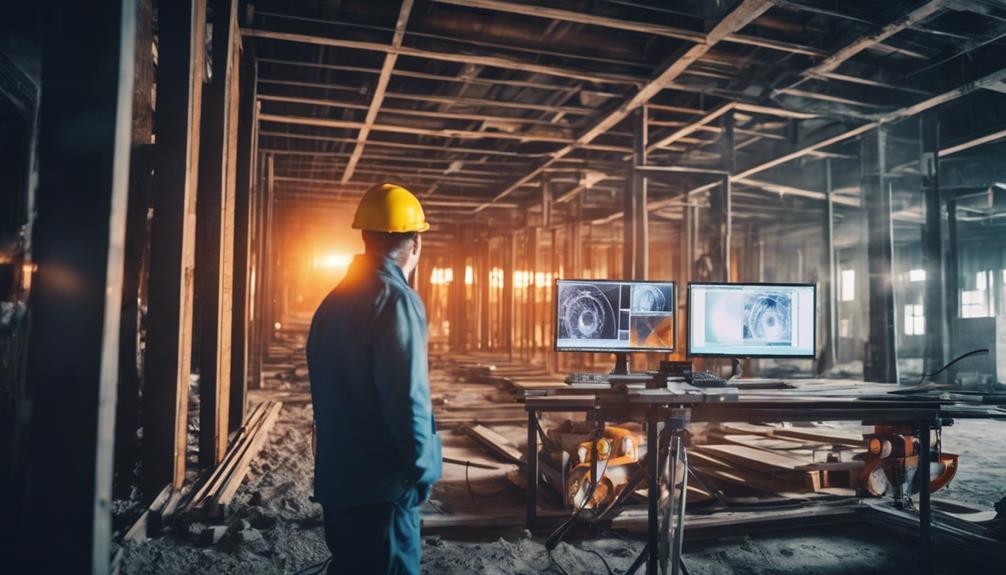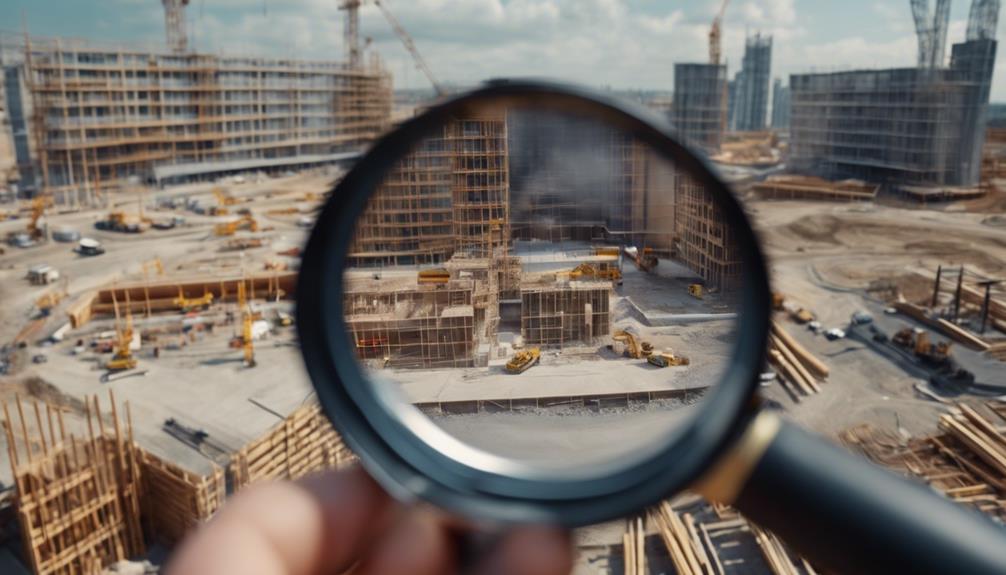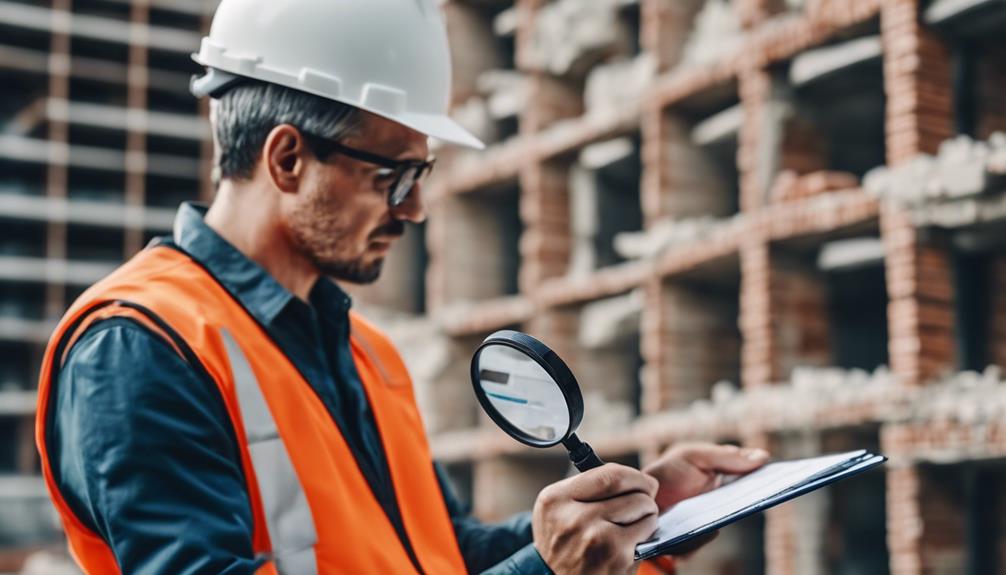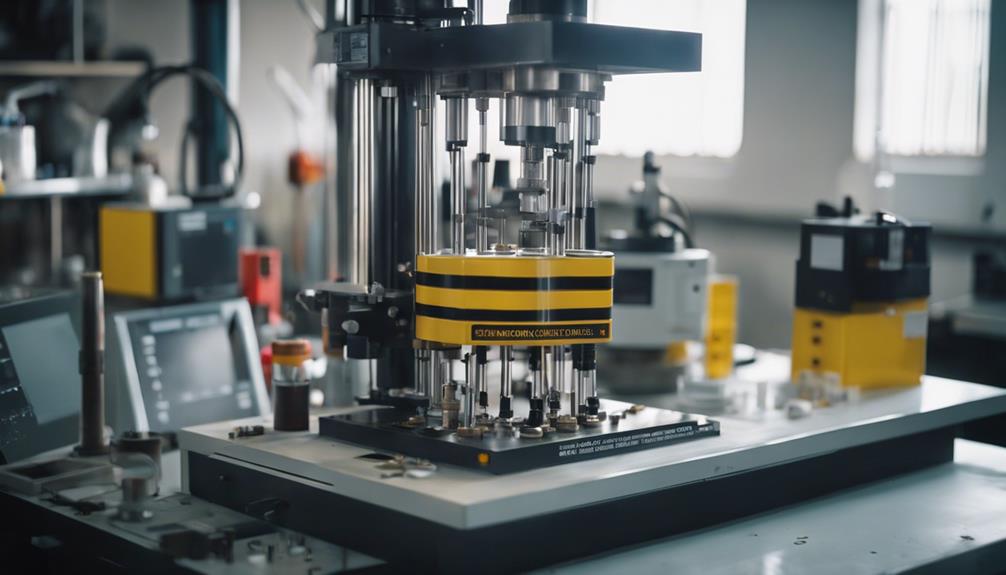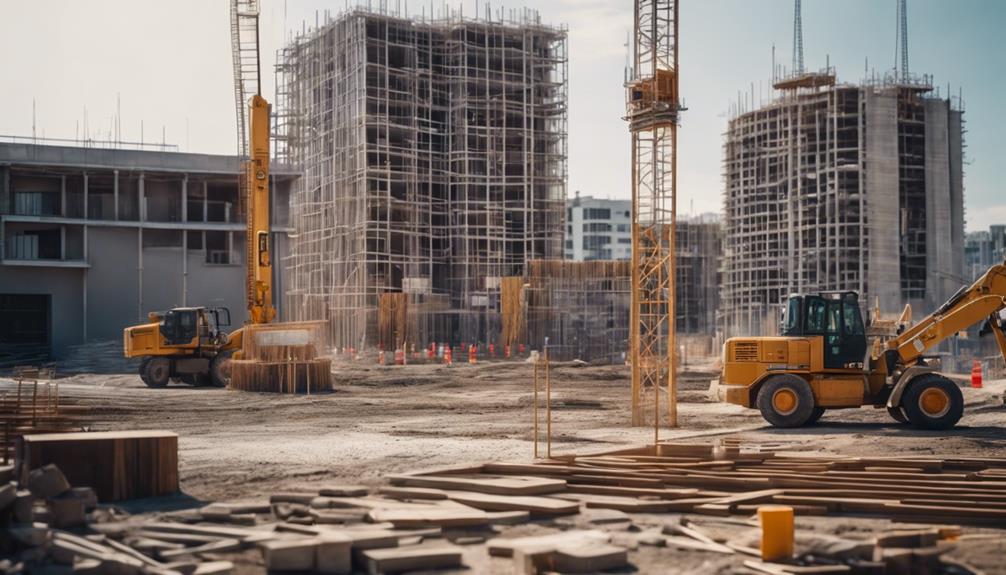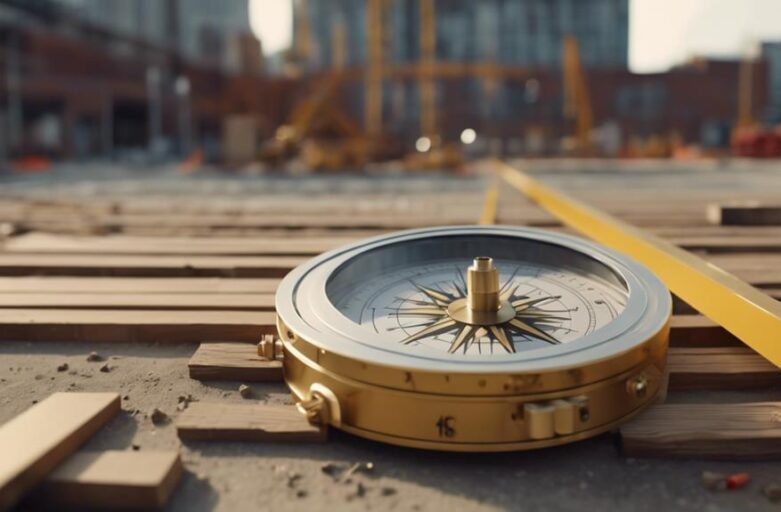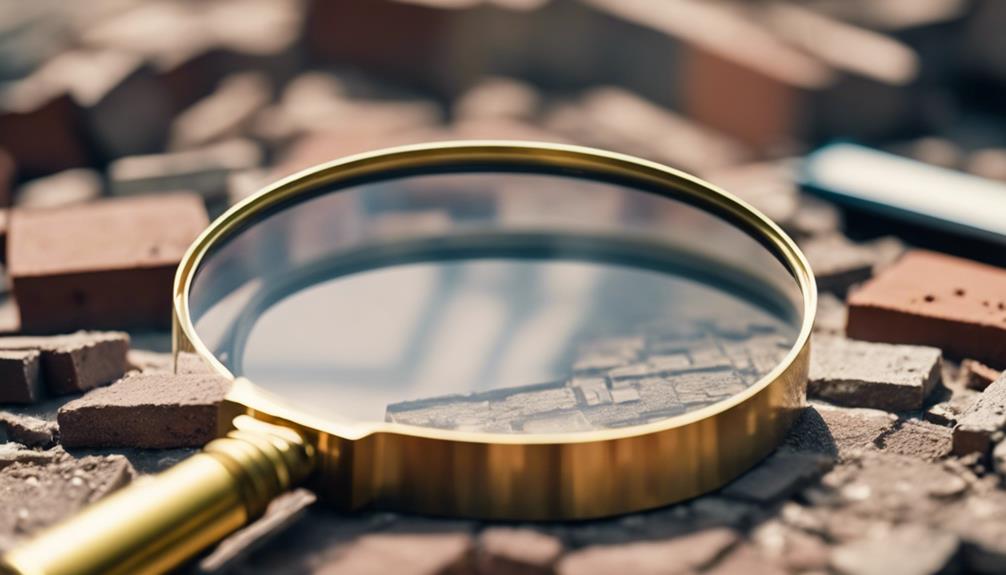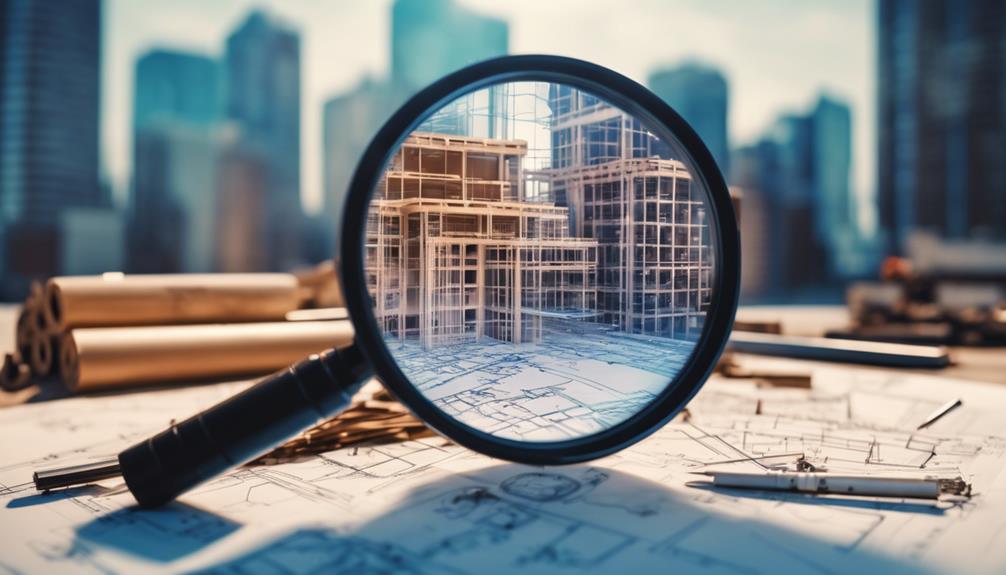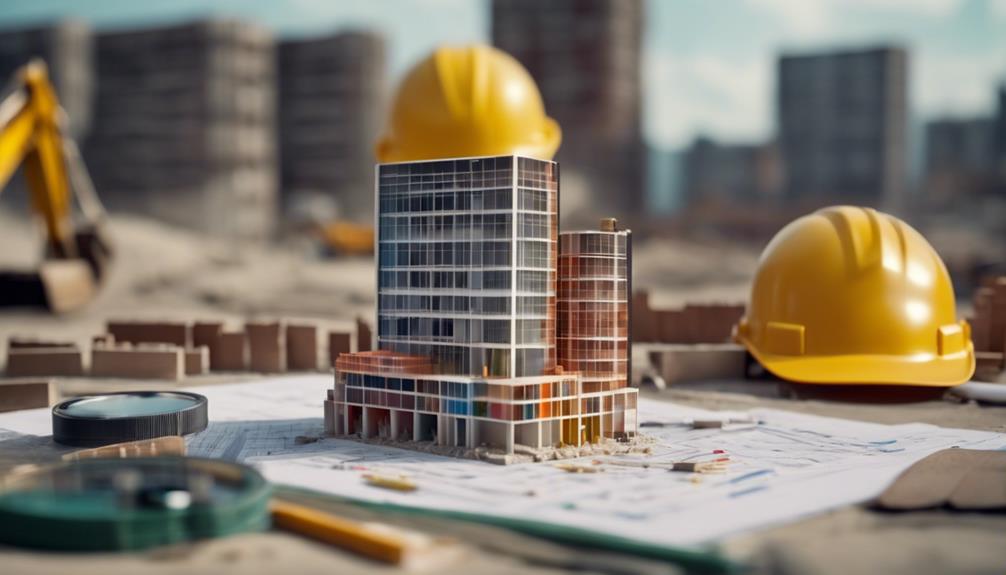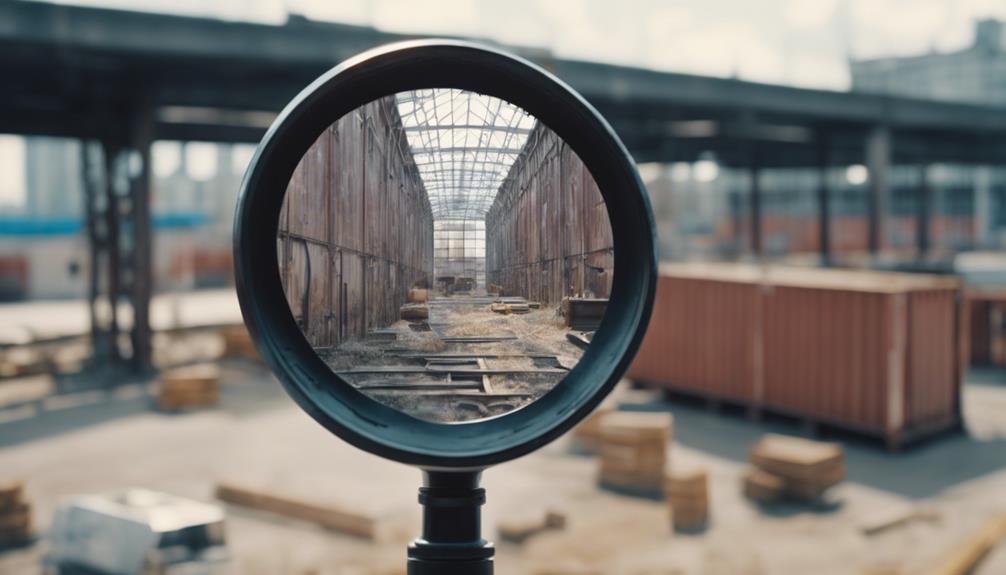Electrical system checks in buildings are super important. They help keep things safe, make systems last longer, and can even save money.
These checks look at your system’s heart – the electrical panel, wires, and places where you plug things in. They help spot dangers like old wires, fire risks, or weird buzzing sounds or sparks. Regular checks can help you avoid big repair costs and make your system more energy efficient.
When you do these checks often, you spot problems early, make safety a habit, and might even find hidden issues. There’s much more to learn about how these checks work!
Key Takeaways
- When experts check a building’s electrical system, they look at things like the electrical panel, wires, plugs, and light switches to make sure they’re safe.
- They look for things that could cause problems, like old wires, using too much power, or things that could start a fire.
- Part of this check-up is doing regular maintenance and finding problems early. This is really important to keep the system working well.
- People who do these checks often have a lot of experience. They can find problems that aren’t easy to see, give advice on how to save power, and suggest ways to fix any problems they find.
- Doing these checks regularly is a good idea. It helps keep the building safe, saves money, uses power in the best way, and makes sure the system follows the rules.
Understanding Electrical Inspection Basics
Knowing the basics of electrical inspection is super important, especially for big buildings like offices or stores. Before you start any construction or renovation, you need to make sure everything electrical is safe and follows the rules. It’s like being a safety superhero for everyone who comes into your building.
Yearly inspections are like annual check-ups for your building. They aren’t just for show, they’re important safety checks. Think of it like taking your pet to the vet for a yearly check-up. The rules say that everything electrical in your building, from the wiring to the ventilation, has to be looked at carefully.
Your building’s electrical system isn’t just a bunch of wires and circuits. It’s more like a big, complicated puzzle that has to follow certain rules. It’s all about managing electricity properly, connecting wires correctly, and keeping track of all the circuits.
Key Elements of Electrical System Evaluations
We’re going on a journey to explore the main parts of electrical system checks! These checks are super important for any building to work well.
We’ll learn about the detailed parts of the electrical system and how to spot hidden dangers.
Plus, we’ll learn how to keep the system safe and working well for a long time with regular upkeep steps.
Understanding Electrical System Components
The heart of a building’s electricity is in something called an electrical panel. Just like your heart pumps blood, the electrical panel pumps power to the whole building. But it needs to be the right type and in good shape to work safely. If it’s rusty, it might be dangerous!
Then there’s the wiring that comes out of the panel. This is really important because it tells us if the system is safe and follows the rules.
Next, let’s talk about wall outlets. These are the places where you plug in your electronics. They need to be easy to reach and properly set up to be safe.
Switches and lights are also important parts of the electrical system. They make everything work and let you see in the dark.
Lastly, you have to watch out for signs of problems. If you hear buzzing, see water where it shouldn’t be, or notice sparks, those could be warning signs. Understanding electricity is like going on a safety adventure.
Identifying Potential Electrical Hazards
Navigating the land of possible dangers with electricity, we must look for old wires, too much power use, and potential fire causes. It’s important to check the grounding of plugs, how good the outside power cables are, and if there is any knob and tube wiring. If you hear buzzing or see signs of electrical sparks or heat, these could mean danger is near.
| Danger | Sign | What to Do |
|---|---|---|
| Too Much Power Use | Lights getting dim, circuits breaking a lot | Get a pro to check it out |
| Old Wires | Outlets changing color, power going out often | Replace the wires |
| Risk of Fire | Smell of burning, sparks | Call a pro right away |
Getting a pro to check things out makes sure your building is safe from electrical dangers. It helps you feel safe and like you belong.
Implementing Preventive Maintenance Measures
Keeping your building’s electrical system in good shape is important. Preventive maintenance can help stop system breakdowns before they happen and save you money on expensive repairs later on.
Regular checks can help spot any problems early on, helping to keep the system working well and safe. Always remember to follow the manufacturer’s instructions. This isn’t just for show, it really helps to keep your electrical parts working for longer.
When you focus on preventive maintenance, you’re not only upkeeping, but also improving. This means making your system more energy-efficient, reliable, and creating a safer, better working place. You’re not just part of the building, but a part of a group that values safety, efficiency, and dependability.
Identifying Potential Electrical Hazards
Understanding electrical dangers is important. Things like old wiring, too much power in one circuit, or bad grounding can cause fires, shocks, or ruin equipment. It’s all about staying safe. To do this, we must be alert and always think of safety first because we’re not only protecting buildings but also saving lives.
Sometimes, there are dangers like exposed wires, bad outlets, or not enough protection against sudden power increases. These dangers are often not noticed until it’s too late. But with careful attention, you can catch these risks before they cause trouble.
This is why we do electrical check-ups. These are useful tools that help find hidden dangers, like too much power, old parts, or bad installations. It’s more than just ticking off a checklist – it’s about making sure your electrical system is safe and in good condition.
Other dangers can be not enough insulation, broken cables, or electrical systems that don’t follow the rules. But remember, you’re not facing these risks alone. Together, we can spot these dangers early, deal with them, and make our surroundings safer.
Importance of Regular Electrical Inspections
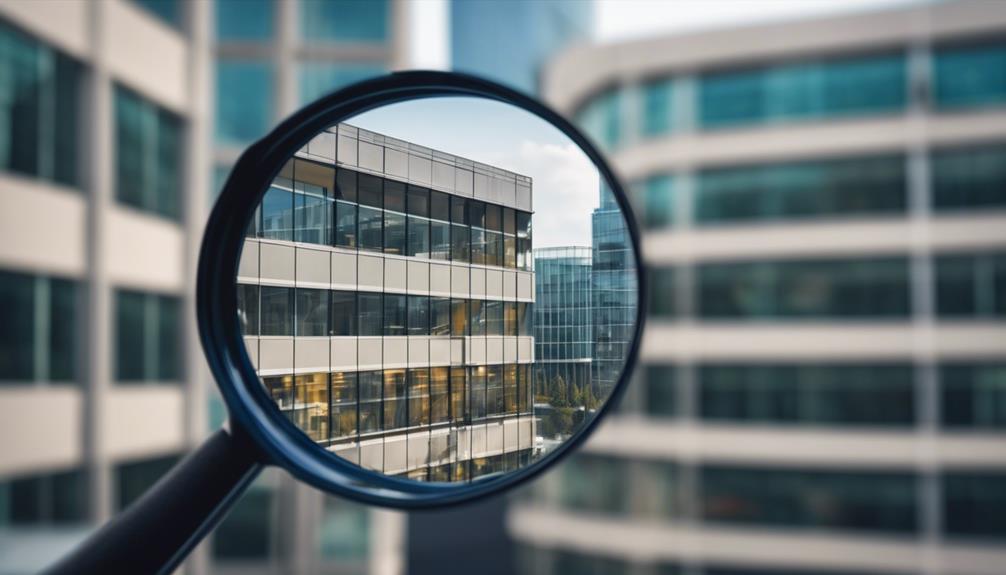
It’s super important to regularly check your building’s electrical system. This helps keep everyone safe and your property protected. Just like a doctor’s check-up, these inspections are like a check-up for your building. They help spot any problems early, so you can fix them before they become big issues.
| Good Things from Regular Checks | How They Happen |
|---|---|
| Stops Fire Risks | By spotting old wiring or too much power going to one place |
| Follows Rules | Regular checks make sure you’re doing everything right |
| Finds Problems Early | Lowers the chance of problems getting worse |
| Makes Systems Last Longer | With good care and upkeep |
Regular inspections help you feel calm and secure. They spot issues early so you can fix them before they get worse. They also help your electrical systems last longer because you’re taking good care of them. This saves you money over time. Always remember, it’s not just about looking after your property, but also keeping everyone safe. Don’t risk safety. Make electrical inspections a normal part of taking care of your building.
Choosing a Professional Electrical Inspector
Picking the right person to inspect the electrical system of your business property is important. It’s about keeping things safe, running smoothly, and giving you peace of mind.
You should make sure they’ve approved certificates like CMI, ICC, or NACHI. They should also know a lot about electrical systems in business buildings. Always make sure they stick to the rules of the industry, provide detailed reports, and have a good history in their job.
Your building needs the best care!
Inspectors Credentials Verification
Choosing the right electrical inspector for your building is very important. Here’s how you can do it.
First, make sure they’ve the right license and certificate to work in your town. This shows they’re allowed to do the job. They should be really good at checking the electrical systems in big buildings. This will help you be sure everything is safe.
Next, find out if they’re part of any electrical groups. Being in these groups shows they’re serious about their job.
Also, ask them for names of people they’ve worked for before or read what other people say about them. This will help you know if they do a good job and can be trusted.
Importance of Experience
Experience is key when picking a pro to check your building’s electricity. They know all about how electricity works and how to keep it safe. They’ve faced every kind of issue, from old wiring problems to new rules in the National Electrical Code (NEC).
Their years of work help them find hidden issues that a beginner might overlook. They can show you possible dangers in your system, giving helpful tips and custom fixes. So, when picking a checker, remember how important experience is.
It’s not just about knowing the NEC; it’s about making sure your building’s electricity is safe with every single wire. You deserve a safe, well-powered place.
Case Study: Successful Electrical Evaluations
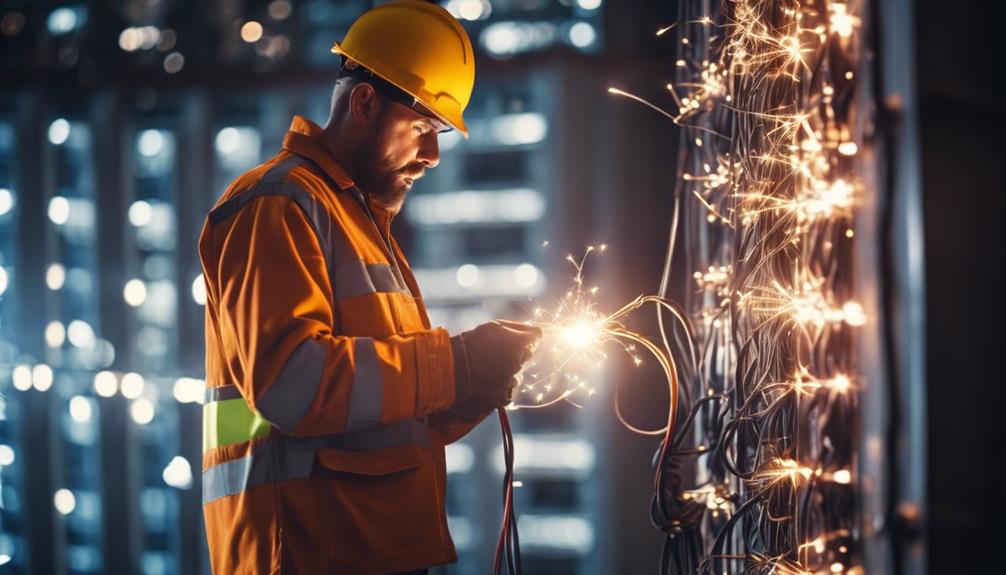
Think about a really good check-up of your building’s electrical system. It’s like taking a peek behind the scenes of your building, pointing out possible dangers and showing you how to save energy and money. It’s all about making your workspace safer and cheaper to run. It’s like finding hidden treasure in your building, without the dangers that could cause accidents or cost money.
A thorough electrical check-up is more than just keeping things safe. It helps you keep your building running smoothly, making sure you’re using energy in the best way possible. Each check-up helps you save money, stick to electrical rules, and keep everyone safe.
Let’s talk about a factory that took a close look at their electrical system. They found problems and dangers they didn’t know about before. They also found out they were wasting energy. Fixing these issues helped them save a lot of money. Their workers were safer and the entire building worked better. This is why a good electrical check-up is so important. It’s not just a simple check, it’s a way to make your building safer and more efficient.
Conclusion
Alright, let’s chat about pro building electrical system checks. It’s super important to keep your building’s electrical system working well. This isn’t just about staying safe, but also about making things run smoothly.
Regular checks are key, and you should let a pro handle this. An electrical system that works well isn’t just a nice-to-have, it’s a must-have. Look at our example to help make your future electrical checks a big success.
…

